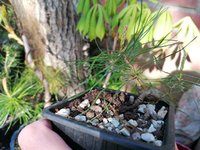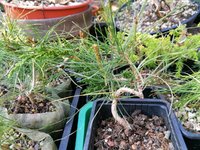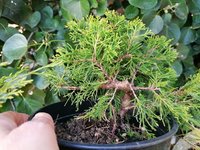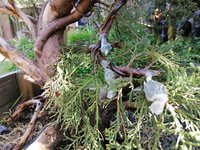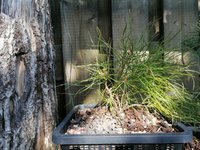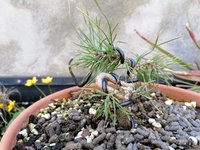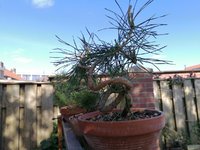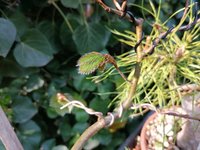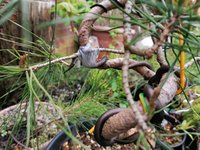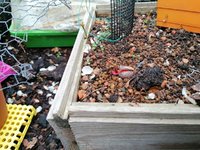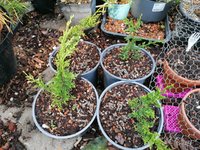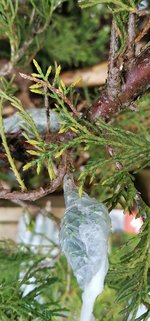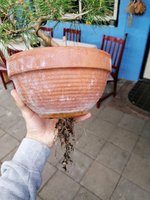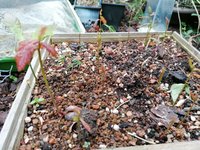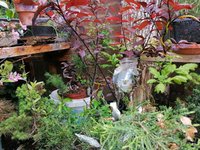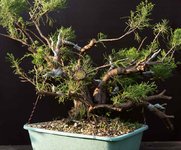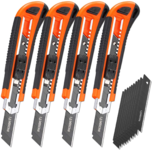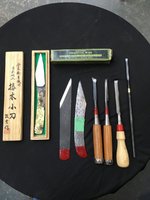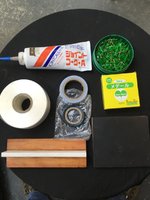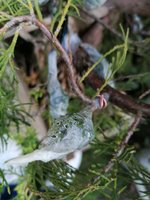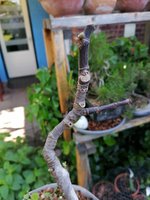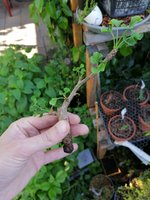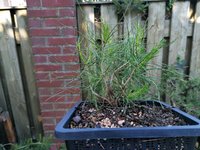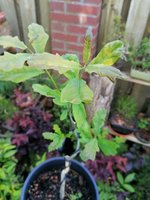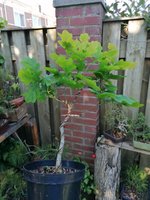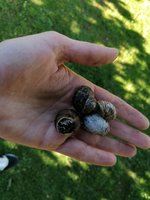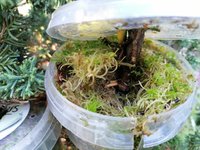what is the aftercare like/ Do you keep the plant in the shade for 2 years for the grafts to start doing someting? Do you open the foil up? Any hints?
I keep the plant in partial shade, but that's just because that's where it's situated in summer. I haven't found much difference, but I graft in the end of spring as opposed to the start of summer. This year is an awesome grafting year; low temperatures, daily rain, a little sun every now and then, high humidity. Frost and high temperatures seem to be a major factor.
I wait for the graft to start growing, it'll produce bumps in the film wrap because the foliage wants to push through it. Should happen around june/july. Then when the first bump pops open or when the growth tears the wrap, I poke a couple holes every week for roughly 5 weeks with a toothpick. If the wrap is damaged before that time, I just add another layer of pre-stretched parafilm to cover it. If there's no more moisture on the inside of the scion wrap, it's either dead because it had holes, or it's dead because it's baked in the sun. The difference is in the color; if evaporation killed it, it'll likely stay green and turn crispy. If it's brown, then it's baked.
At the second half of summer, most of them should have taken and I can take off the wrap in phases: open it up a little more every week starting from the tip. I keep the connection-wrap (on the trunk, covering the wound) on until winter or longer, just for security reasons. Birds can and will pluck them off. Some 15% of the grafts never take, another 15% will die during the unwrapping process (either by being baked, or by being desiccated) and the rest should grow a little this year, and produce some OK growth next year. Two years sounds like a stretch to me; the connection is made in year one, and after that, the foliage should receive a lot of light to start making a stronger connection with the rest of the plant. If it's not demanding water, it could be rejected. The scion connection to the trunk or branch usually isn't that strong, so I prefer my trees to heal that connection rather sooner than later. To do this effectively you'd want as much growth as possible.
Sometimes I hose the receiving plant down a little longer, just to keep things damp but since the parafilm is covering the scion, nothing really should get in the scion wrap. I just want the outer tissue and bark to stay a bit on the softer side to aid in healing; if the wound dries out, it's game over because the callus tissue will not bridge the gap between scion and receiver before next year if that happens.. And the scion will be dead before fall.
High nutrient dosage for the soil, but no foliar sprays containing a lot of salts because that might damage the parafilm.
I'm skipping my callus inducing experiments this year, save those for next year when I have more itoigawa to play with.
Also: Screw grafting knives. I spent six hours grafting with a Japanese-made grafting knife and I couldn't really make clean cuts even though the knife came straight from the box. Then I took a cheap box cutter and boom! Like a knife through butter, way better control (no accidental slips that cut off entire branches), much cleaner cuts, less damage and no need for sharpening.
